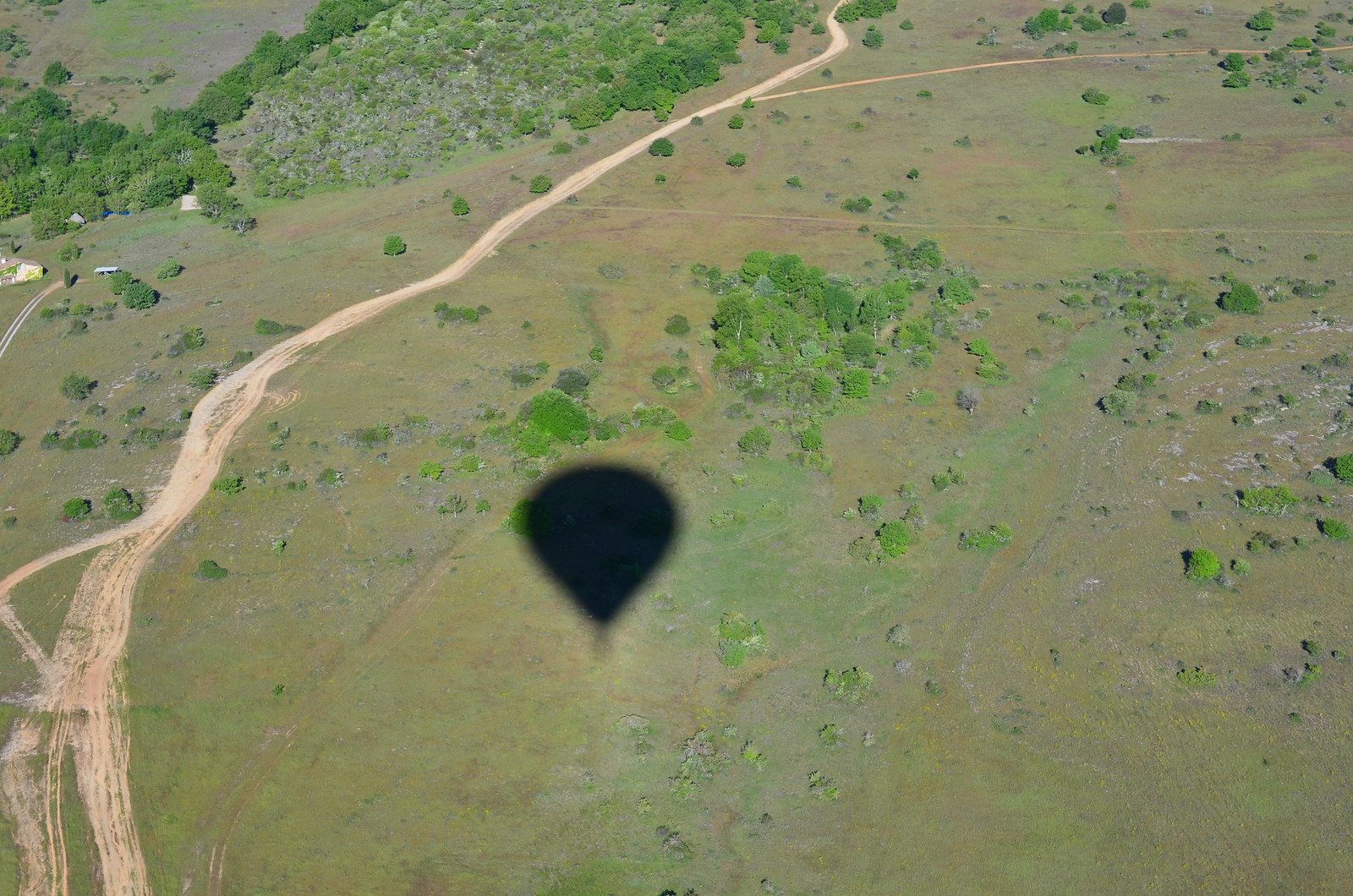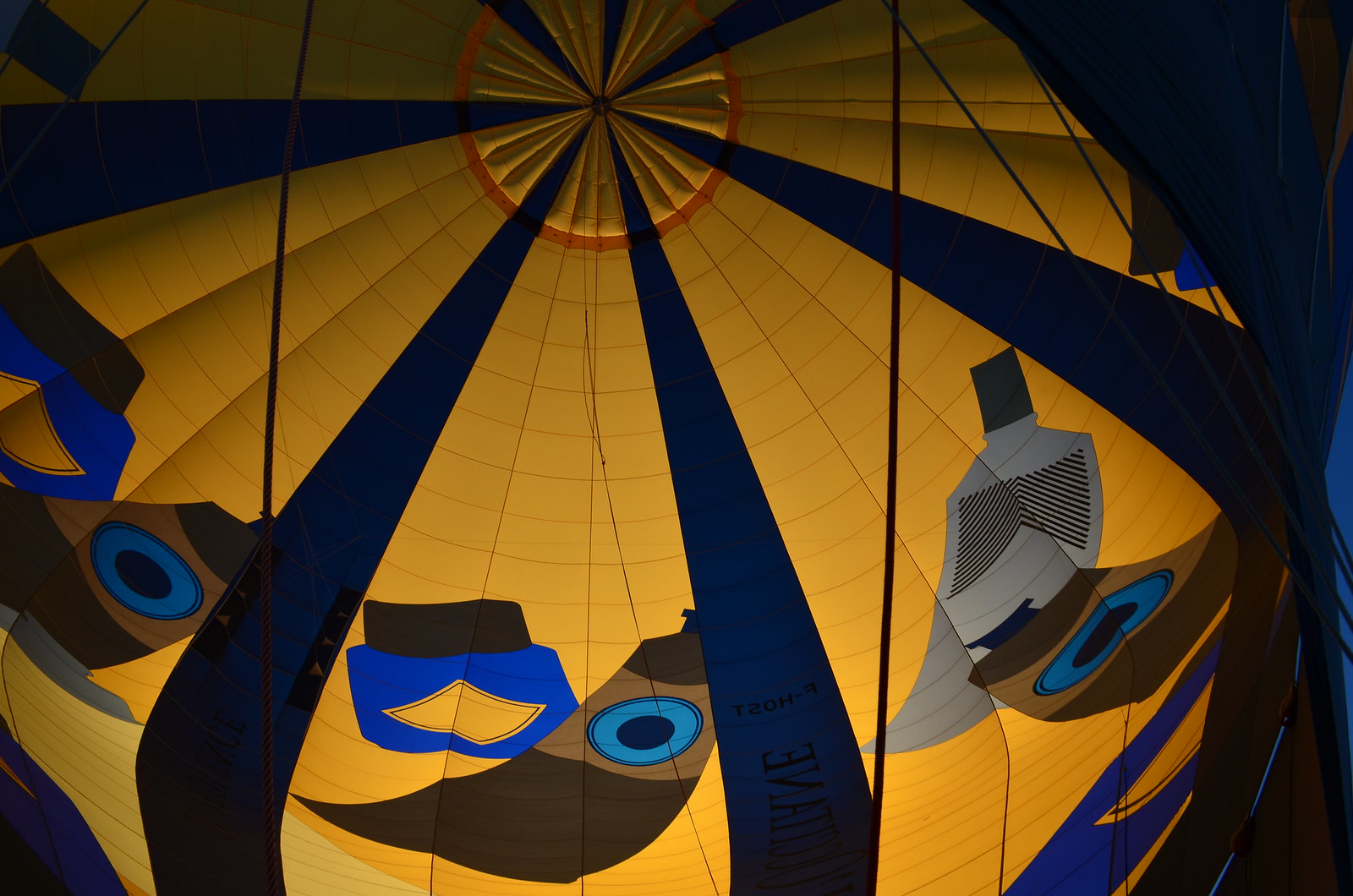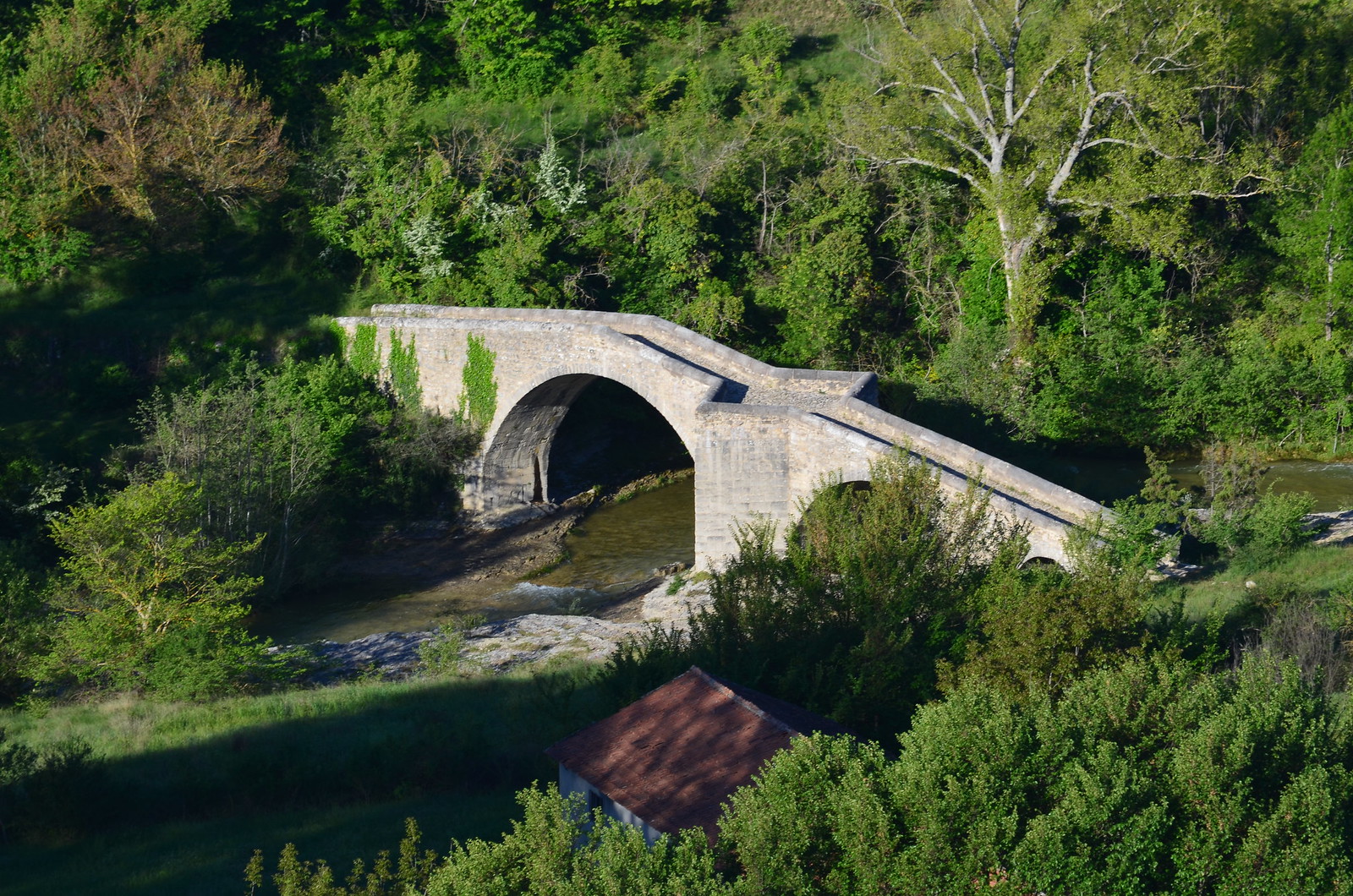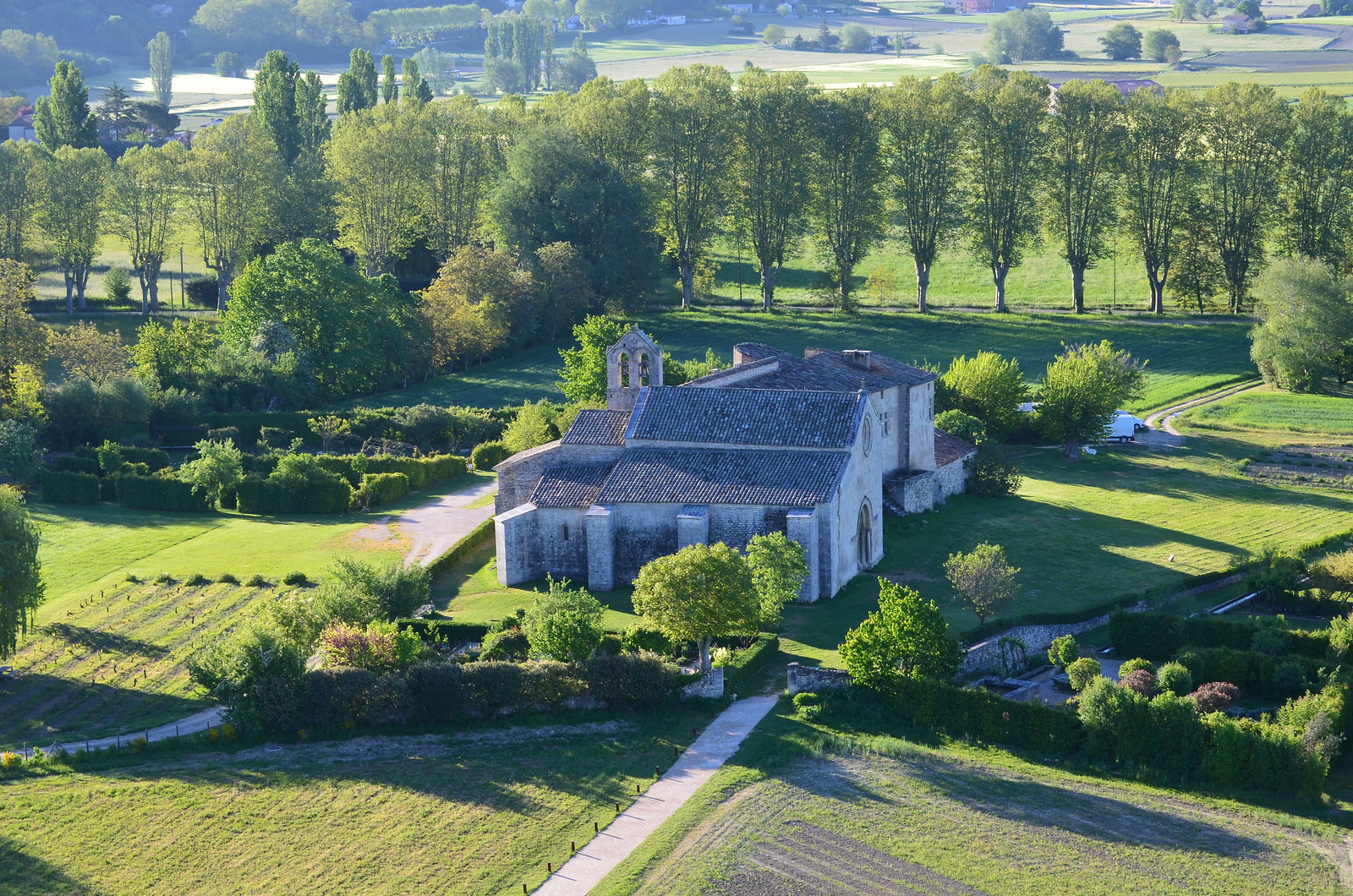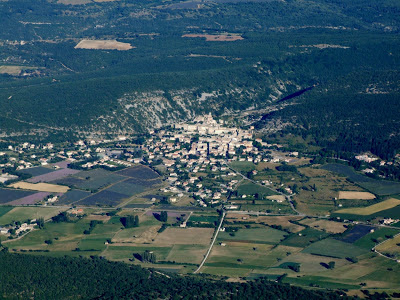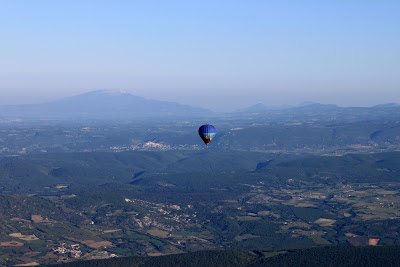In 2014 we
have a new tour programmed based on Fiona McIntosh’s novel The Lavender Keeper ,
a story that takes place in occupied France and notably in Provence where the
main character, Luc Bonet, is a lavender farmer before becoming a resistance
fighter.
I started
searching for resistance related sites in the region and during my foray into
this passionate, tragic and heroic part of France’s history I heard of an event
that took place near the beautiful hilltop village of Simiane La Rotonde.
L'AVION
Not far
from Simiane is the hamlet of Chavon and close to there is an area hidden from
view once used by the local Resistance fighters, who went under the name “Abatteur”
(Slaughterman), for the reception of weapons and supplies parachuted by the
allies. These weapons were then used in actions against the Nazi occupiers
during which many resistance fighters lost their lives. The Abatteur group
comprised 7 men and their main role was the reception of weapons for the
resistance movement. They were under the control of the section for landings
and parachuting known as the S.A.P.
(Section Atterrissage Parachutage).
The drop zone area is now covered in lavender
and a rather forlorn sign indicates its whereabouts.
 |
| The Drop Zone for the Abatteur Resistance Group |
On the
night of the 10th May 1944 a tragic event took place that would profoundly
affect the Abatteur group and to this day leaves no one indifferent to the
horrors of World War II and indeed any war.
The section
chief had received a coded message on Radio London that a parachute drop of
weapons was to take place on the night of the 10th May 1944. He
summoned his group and they lit the three beacons for the plane on the drop zone.
Unknown to
them a British bombing raid was taking place over Valance that night and one of
the Wellington Bombers from this raid saw the beacons. The bomber in question
had probably been severely damaged by anti-aircraft fire and was looking for
somewhere to land as the return home seemed impossible. Seeing the beacons and mistaking
them as a Resistance landing strip they decided to give the landing a go.
On the
field the seven men from the resistance group saw the plane fly over at 2am, disappear
and then come back at low altitude and seemingly at full throttle only to watch
it crash into the valley below, now named “La Combe de L’Avion”, The Airplane
Valley. After the crash there was a moment of silence and the men hurried down
to see if there were any survivors, but the silence was brief and a series of
explosions and detonations followed and the zone was too hot to approach.
 |
| Wellington Bombers in formation |
At dawn the
wreckage revealed the carbonised remains of the four crew at the front of the
plane where the heat was such that even their identity plaques had melted. The identity
of the fifth crew member, the gunner, Eric Howell, in the tail section was readable and it was
this name that allowed the authorities to later identify the rest of the crew.
What shocked the resistance group was that Eric Howell was only 22 years old,
the same age as them.
The burial
of their remains was overseen by the section chief René Char and the rest of
the plane was dismantled and hidden from sight under branches and forest
debris.
The men
then returned to their duties receiving weapons as the war raged on.
But that
night was never forgotten and as soon as the war ended a monument was put up in
valley in their memory. In 1994 a team from the BBC found the families of the
lost airmen and took them to the site, but I cannot find any information on
this event, if any one knows anything use the comments below of send me an
email.
Every year
on the 10th of May a commemoration ceremony takes place in the Combe
de l’Avion to remember those who died there on that tragic night.
The site
can be reached on foot from Chavon though it is not easy to find the start of
the sign posted trail. I asked a farmer who, like everyone in the hamlet showed
me immediately where it was.
 |
| Once you find these signs you are on your way! |
Once you
see the signs that read “Avion”, Airplane, you are on your way. It is about a mile walk
from the first sign. As you walk you pass the drop zone (photo above) and the
beauty of provence is all around. Lavender fields, dry stone ruins, wild thyme
and a myriad of butterflies reveal themselves as you walk.
 |
| Remains of a dry stone hut or barn now inhabited by a tree |
When you
reach the site you first see the monument with the inscription which translates
“To the five airmen from the Royal Air Force who fell on the 10th
May 1944 for the triumph of liberty. Simiane is grateful”
 |
| The monument in "La Combe de L'Avion" with the remains of the wreaths from this years commemoration |
Just beyond
the monument is a statue made of the remains of the plane, some melted all held
together by bits of wire, but despite its somewhat rustic aspect, one can’t
help but be moved by the reality of the events that took place here all those years ago.
 |
| The statue made of the remnants of the plane. Note the plaques of two of the airmen on the left. |
The
names of all the members of the crew are on a plaque below the statue and five
plaques can be found spread around the site with their names repeated, maybe symbolising
where they were found on that tragic night.
Below are some details of the remains of the plane, note the melted piece in the centre photo.
Their names
were John Huggler 29 years old, pilot ; Harry Lane 28 years old, navigator ;
Neville Green 21 years old, radio; Walter Jackson 21 years old, bomber ; Eric
Howell 22 years old, rear gunner.
The names
of the Resistance Group Abatteur were Raoul Aubert ; Edmée Carretier ; Héloïs
Castor ; Kléber Guillermin ; Pierre Inderkumen ; Léon Michel and Norbert
Vincent.
If you
would like to see this and other sites dedicated to the resistance movement in
Provence contact me using the link on the left.
Also I recommend reading Fiona McIntosh’s novel “The
Lavender Keeper” . You can visit her web site here. http://www.fionamcintosh.com/











































